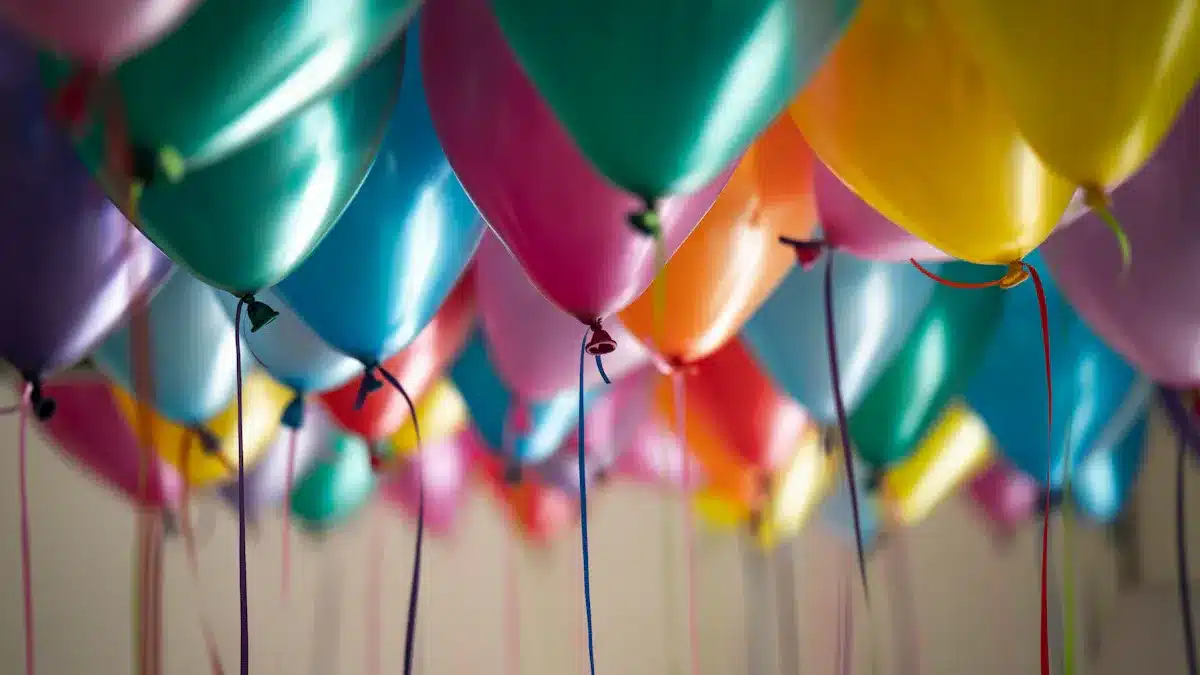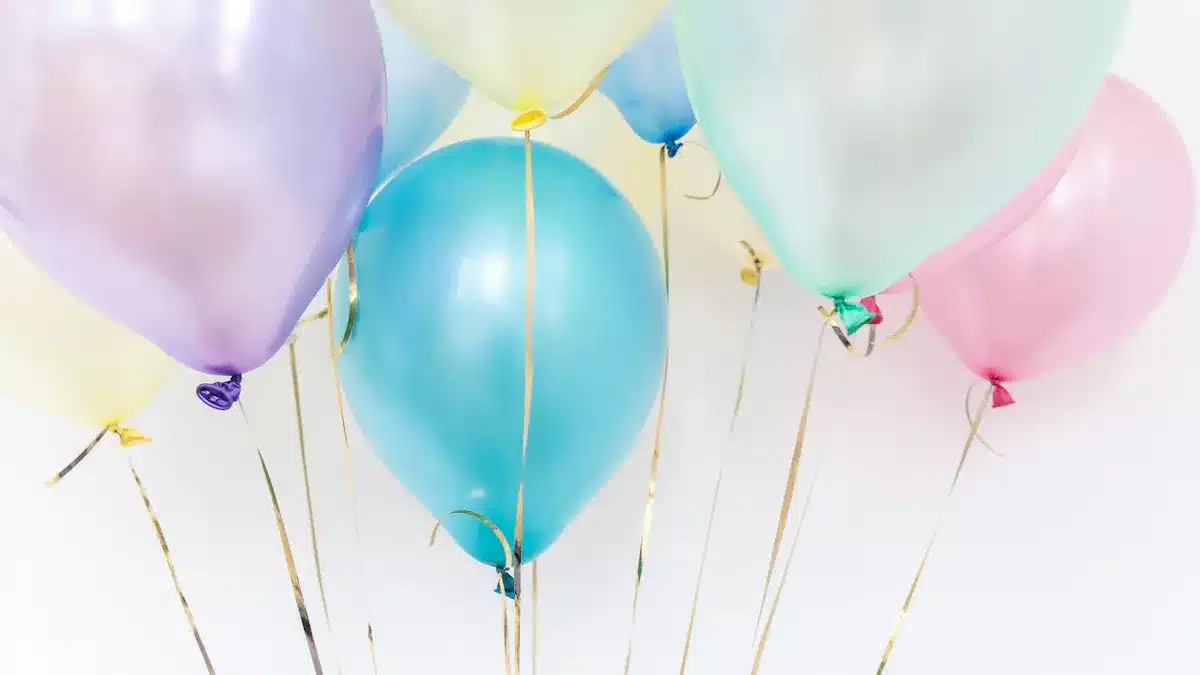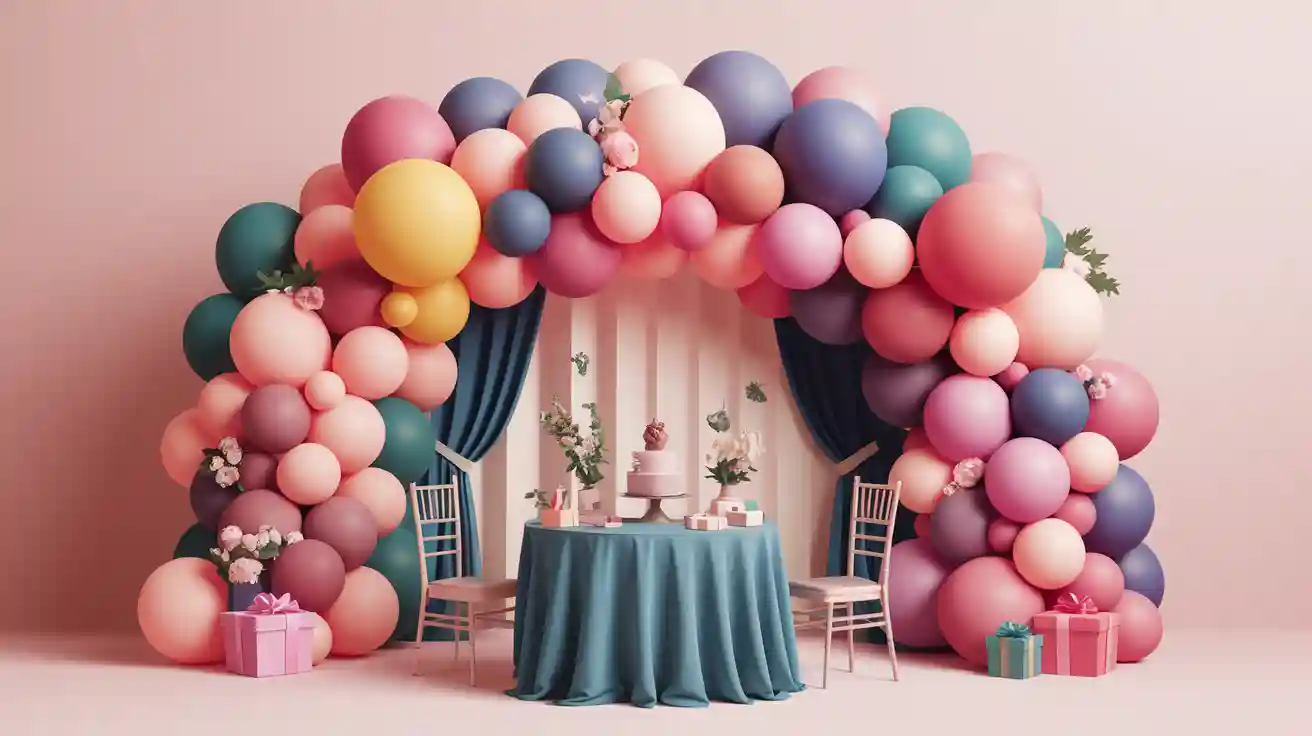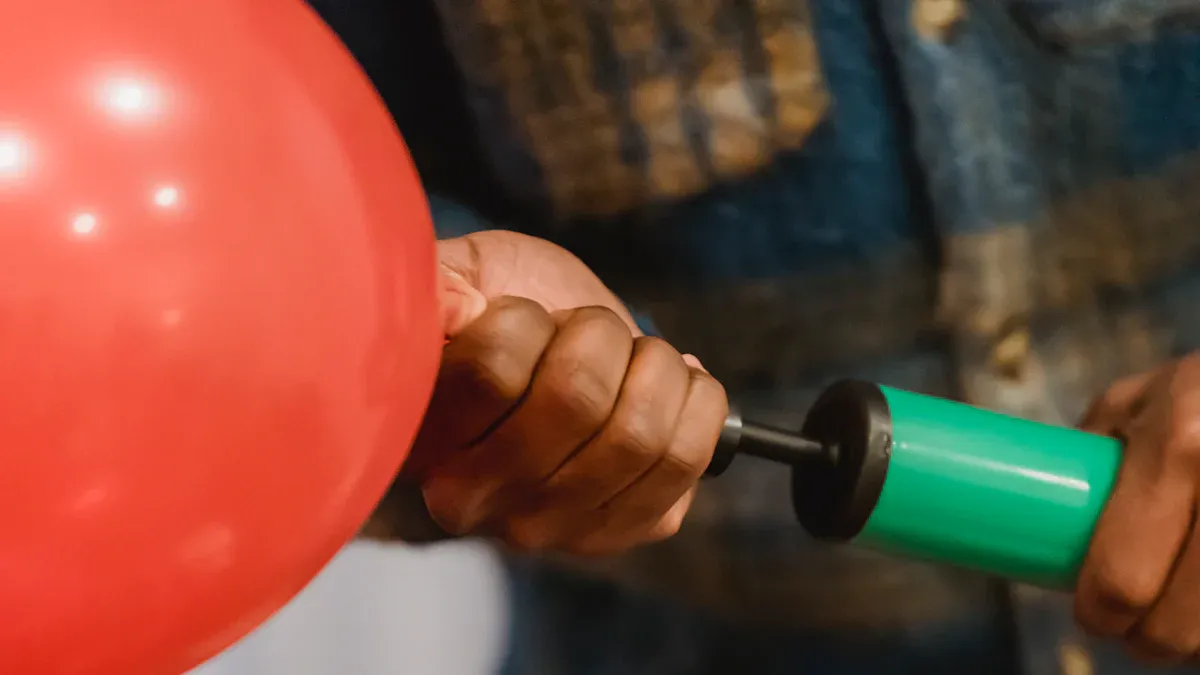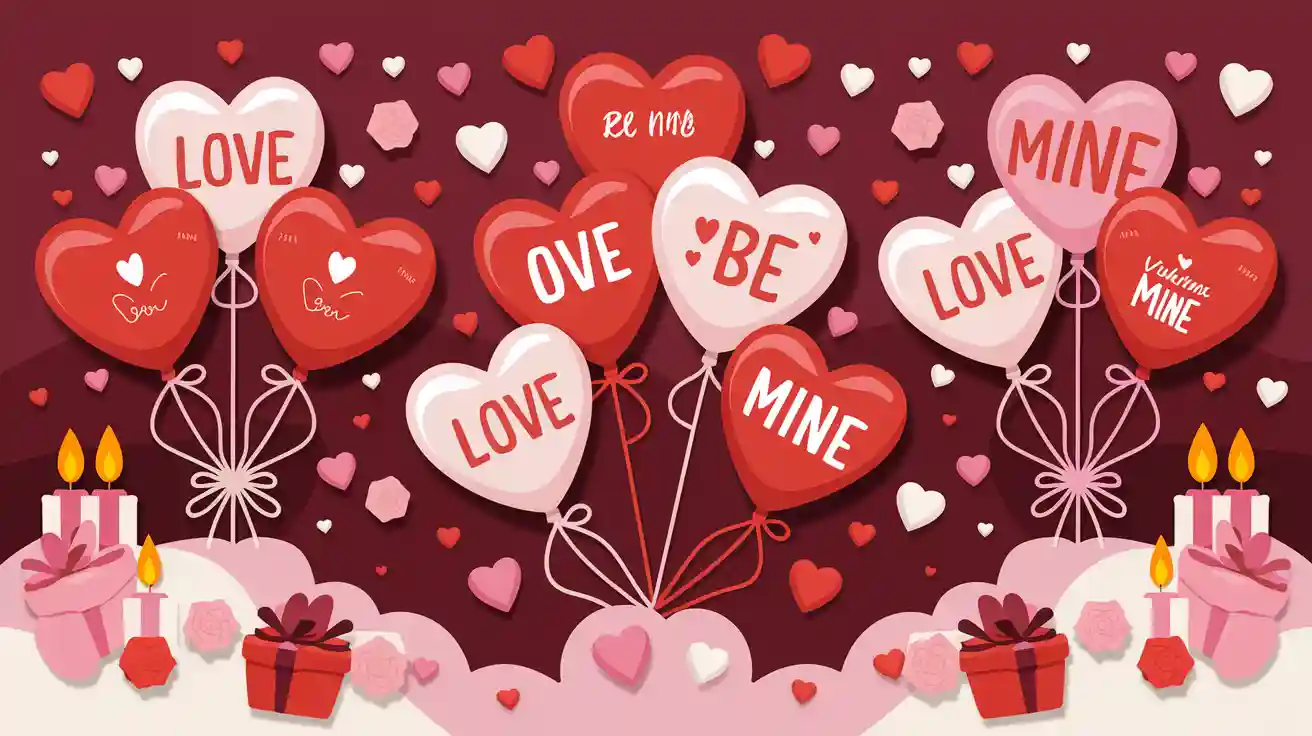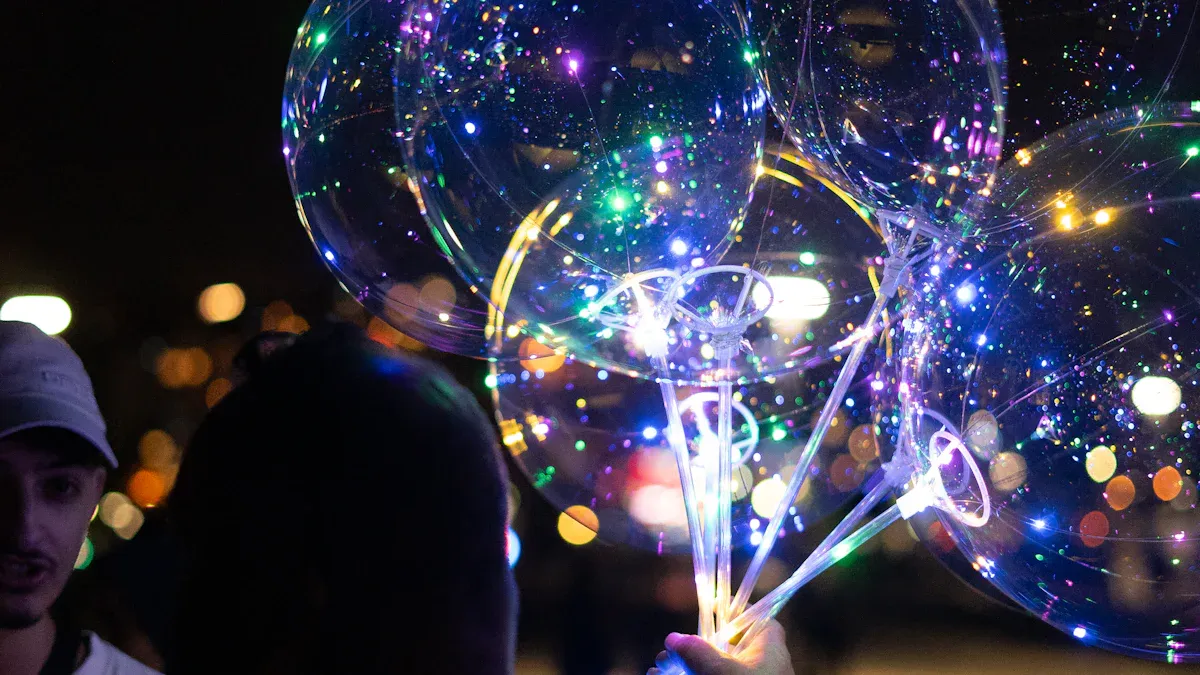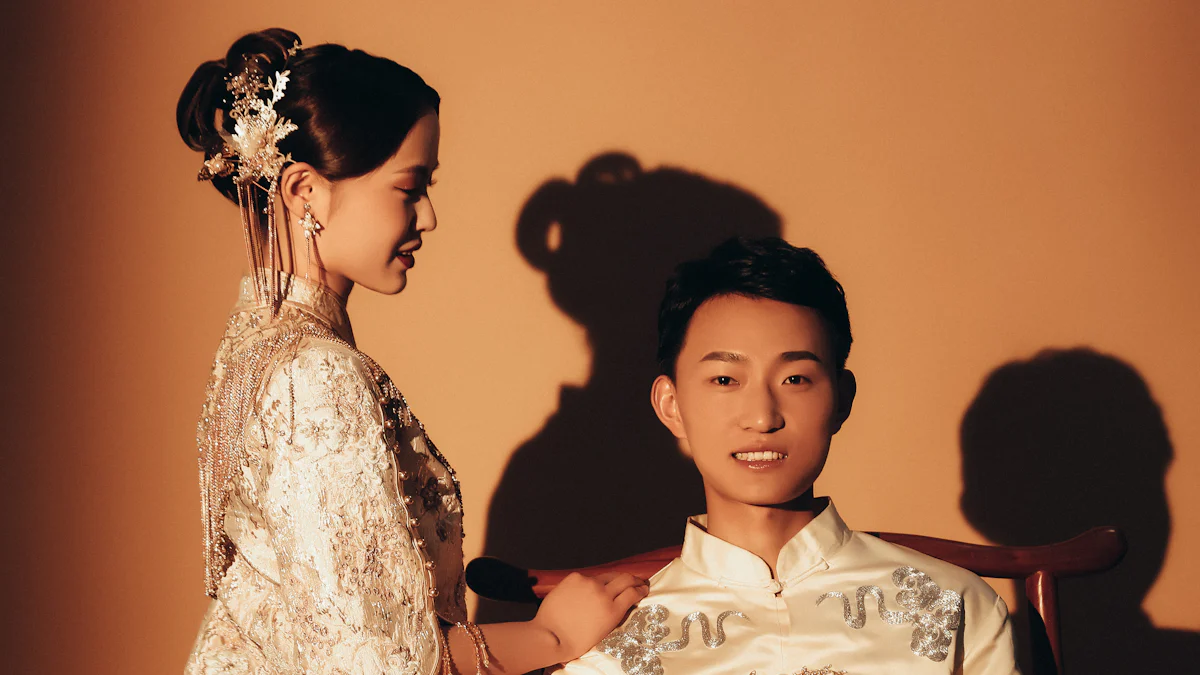
Chinese weddings hold a unique place in global culture, reflecting centuries of tradition and deep-rooted values. The essence of a Chinese wedding is evident in rituals like kowtowing to ancestors, which honors family and lineage. The wedding banquet, often hosted by the bride’s father, serves to strengthen bonds between families and demonstrate respect for elders. Traditional customs, such as wearing red attire, are integral to a Chinese wedding, symbolizing joy and familial pride. Today, approximately 10 million couples marry annually worldwide, with many Chinese couples proudly incorporating these traditions into their Chinese wedding. Rooted in Confucian values, these ceremonies continue to evolve while preserving their cultural essence.
Key Takeaways
Chinese weddings mix old traditions with new ideas, showing cultural values.
Red stands for happiness and wealth, so it’s key in clothes and decor.
The ‘Three Letters and Six Etiquettes’ system set wedding rules for families to follow.
Today’s Chinese weddings may include Western things like white dresses and tech but keep old rituals.
Tea ceremonies are important, showing respect and joining two families together.
The Origins of Chinese Wedding Traditions
Early Practices in Primitive Society
Deer skin betrothal and its symbolic meaning
In ancient Chinese wedding ceremonies, deer skin played a significant role in betrothal practices. Early societies used deer skin as a symbolic gift to signify the union between two families. This practice reflected the importance of nature and survival in primitive communities. By offering deer skin, families demonstrated their sincerity and commitment to the marriage. You can see how this early custom laid the foundation for the exchange of gifts in later traditional marriage customs.
The emergence of marriage customs during the Fuxi era
The Fuxi era marked a turning point in the historical evolution of wedding ceremonies. During this time, marriage customs began to take shape, transitioning from clan-based unions to more structured pairings. Early Chinese communities sought divine blessings for their unions, which led to the development of rituals to honor ancestors and deities. These practices emphasized the importance of family and lineage, values that remain central to Chinese weddings today.
Zhou Dynasty Foundations
The “Three Letters and Six Etiquettes” system
The Zhou Dynasty introduced the “Three Letters and Six Etiquettes,” a system that formalized wedding customs and rituals. This system outlined the steps for arranging a marriage, from the initial proposal to the wedding ceremony itself. The three letters—betrothal, gift, and wedding letters—ensured clear communication between families. The six etiquettes included rituals like gift exchanges and selecting an auspicious wedding date. These practices aimed to strengthen family alliances and ensure harmony in the union.
Confucian values and their influence on wedding rituals
Confucian values deeply influenced wedding customs during the Zhou Dynasty. Marriage was not just a personal union but a means to uphold family stability and ancestral worship. Confucian teachings emphasized filial piety, which required you to honor your parents and ancestors through marriage. Historical texts like the Zuo Zhuan highlight how noble families used marriage to form alliances and maintain political stability. These values shaped ancient Chinese wedding ceremonies, making them both a personal and societal responsibility.
The Role of Dynasties in Shaping Chinese Weddings
Han Dynasty Contributions
Astrology and matchmaking in marriage customs
During the Han Dynasty, astrology played a vital role in ancient Chinese wedding ceremonies. Families consulted astrologers to determine the compatibility of the bride and groom based on their birth dates and zodiac signs. This practice ensured harmony between the couple and their families. Matchmaking also became more formalized, with intermediaries arranging marriages to strengthen alliances. Emperor Xuan of Han emphasized the importance of weddings, declaring them the cornerstone of human relationships. This marked the first time wedding celebrations received legislative recognition. Banquets and feasts became integral to wedding customs and rituals, reflecting the dynasty’s focus on joyous celebrations.
The significance of traditional Chinese wedding dresses
The Han Dynasty saw significant advancements in traditional Chinese wedding dresses. Brides wore the Quju-Shenyi, a ceremonial robe characterized by its long, flowing design and trumpet-shaped hem. The layered garments symbolized grace and modesty, while veils marked the origin of the Chinese bridal veil. Embroidery became more intricate, incorporating vibrant colors like red and yellow. These designs reflected societal hierarchies and cultural values. The evolution of Chinese wedding attire during this period highlighted the dynasty’s influence on marital traditions.
Tang Dynasty Innovations
The introduction of elaborate ceremonies
The Tang Dynasty introduced new customs that transformed ancient Chinese wedding ceremonies. Traditions like Cui zhuang, where the bride’s makeup was applied, and Zhang che, where the groom’s carriage was blocked, added a festive touch. Wedding processions shifted from dusk to early morning, symbolizing a fresh start. The wedding chamber, known as the Qing lu or Hundred Sons Canopy, became a space for blessings of prosperity. These innovations made Tang Dynasty weddings more elaborate and celebratory.
Buddhist influences on wedding rituals
Buddhism significantly influenced Tang Dynasty wedding practices. Rituals like Hejin, where the couple drank from the same cup, symbolized unity. The intertwining of hair, known as Heji, represented the merging of two lives. These customs reflected Buddhist values of harmony and interconnectedness. The Tang Dynasty wedding blended folk traditions with Buddhist elements, creating a unique cultural fusion.
Song Dynasty Refinements
Family and filial piety in marriage customs
The Song Dynasty simplified traditional Six Rites, emphasizing family and filial piety. Confucian values shaped marriage customs, highlighting respect for ancestors. The San She Sheng ceremony allowed substitutions in gift requirements, making weddings more accessible. Zhu Xi, a prominent Confucian scholar, reduced the six rituals to three key ceremonies. This refinement harmonized state laws with popular customs, ensuring weddings upheld both societal and familial values.
Changes in bridal attire and accessories
The Song Dynasty brought changes to the bride’s attire. The Dashan, a simpler wedding dress, replaced the ornate designs of earlier periods. Softer colors like light red and natural tones became popular, reflecting elegance. Brides began wearing the Xia Pei, an embroidered accessory symbolizing aesthetic preferences of the era. Grooms donned official costumes, adding formality to the wedding ceremony. These changes marked a shift towards uniformity in traditional Chinese weddings.
The Height of Traditional Weddings in the Ming and Qing Dynasties
Ming Dynasty Splendor
The rise of red as the dominant wedding color
During the Ming Dynasty, red became the defining color of ancient Chinese wedding ceremonies. Before this period, wedding attire often featured black, white, or other muted tones. The Ming Dynasty shifted this tradition, establishing red as the dominant color for weddings. This change reflected cultural beliefs that associated red with good luck, happiness, and joy.
You can see how this transformation influenced wedding attire. Brides wore bright red dresses adorned with intricate embroidery, while accessories like the Feng Guan (phoenix crown) and Xia Pei (embroidered sash) added elegance. The belief in the five elements, particularly fire, reinforced red’s significance. Even ordinary people could wear red official clothing for weddings, making this vibrant tradition accessible to all.
Characteristic | Description |
|---|---|
Wedding Attire | Bright red wedding attire became a traditional custom during the Ming Dynasty. |
Symbolism | The color red symbolized good luck, happiness, and joy. |
Accessibility | Ordinary people were allowed to wear red official clothing for weddings. |
Bridal Elements | Bridal attire included elaborate elements such as the Feng Guan and Xia Pei. |
Cultural Significance | The belief in the five elements, with fire being dominant, reinforced the significance of red. |
Standardization of wedding rituals and processions
The Ming Dynasty also standardized wedding rituals, creating a structured approach to marriage customs. The Six Rites system categorized ceremonies based on social class, ensuring consistency across different societal levels. Even commoners followed rituals similar to those of high-ranking officials, reflecting the dynasty’s emphasis on order.
Flexibility existed within these traditions. Commoners could adapt their ceremonies to meet practical needs, allowing variations in attire and accessories. This balance between structure and adaptability made traditional Chinese weddings both meaningful and inclusive.
Qing Dynasty Influences
Integration of Manchu traditions into Han customs
The Qing Dynasty introduced a unique blend of Manchu and Han traditions into ancient Chinese wedding ceremonies. Customs like ‘Nijin Tiezi’ and ‘Baoping Kuaan’ showcased this cultural fusion. One notable ritual, ‘Xinlang Shejian,’ involved the groom shooting arrows to symbolize protection and unity.
This integration preserved Han traditions while enriching them with Manchu elements. You can observe how this blend created a diverse system of marriage customs, reflecting the values and identity of both cultures.
The role of dowries and betrothal gifts in marriage customs
Dowries and betrothal gifts played a crucial role in Qing Dynasty marriage customs. The groom’s family presented betrothal gifts to the bride’s family, symbolizing respect and commitment. In return, the bride’s family provided a dowry, which was essential for the marriage to be considered honorable.
Using betrothal gifts for family needs instead of saving them for the bride was seen as dishonorable. A marriage without a dowry or betrothal gifts diminished the bride’s status, equating her to a concubine rather than a legitimate wife. These practices emphasized the importance of maintaining the bride’s dignity and the family’s reputation.
Modern Chinese Weddings: A Blend of Tradition and Innovation
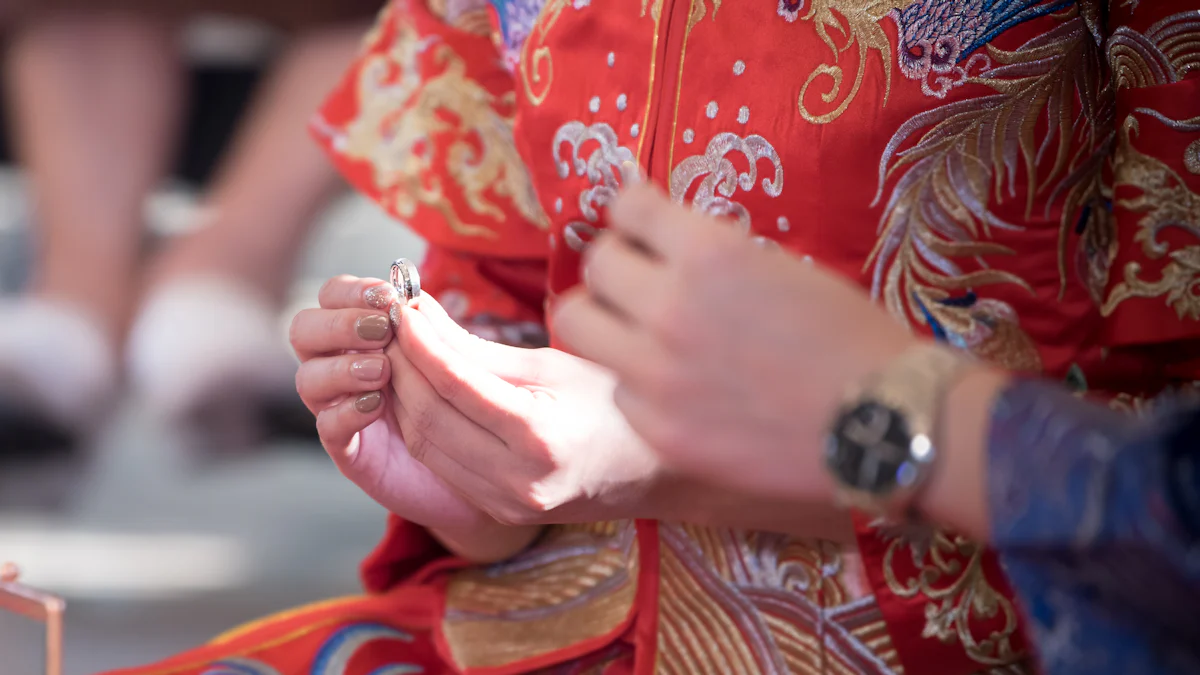
Western Influences on Chinese Weddings
Adoption of white wedding dresses alongside traditional red attire
Modern Chinese weddings often reflect a fascinating blend of Eastern and Western styles. You’ll notice that many brides now wear white wedding dresses, a significant departure from the traditional red attire. This Western influence symbolizes purity and elegance, complementing the vibrant red that represents joy and prosperity. Grooms, too, have embraced Western-style dark suits, though some prefer the Tang suit, a nod to traditional Chinese wedding attire. Many even alternate between the two styles during the celebration, showcasing a harmonious fusion of cultures. The exchange of wedding rings, a Western custom, has also become a cherished part of modern ceremonies, symbolizing eternal love and commitment.
Simplification of rituals in urban settings
Urbanization has reshaped ancient Chinese wedding ceremonies, making them simpler and more practical. In cities, you’ll find that weddings often shift away from clan-based traditions to focus on the couple’s preferences. This change reflects the rise of individualism and evolving marriage customs. Urban weddings also embrace cultural diversity, blending modern ideas with traditional values. These simplified celebrations often feature shorter ceremonies and streamlined rituals, making them more accessible and less time-consuming for families.
Contemporary Practices in Chinese Weddings
Fusion of traditional and modern elements in ceremonies
Contemporary Chinese weddings beautifully combine ancient Chinese wedding ceremonies with modern aesthetics. Couples often wear both a Western white gown and a traditional red dress, especially during the tea ceremony. Decorations blend Western-style floral arches and chandeliers with Chinese motifs like dragons, phoenixes, and red lanterns. You might also see traditional colors like red and gold paired with minimalist modern decor, creating a balanced and elegant atmosphere. Brides sometimes incorporate family heirlooms or elements from their mother’s wedding dress, adding a personal touch to their attire. Modern wedding dresses often feature dragon and phoenix embroideries, enriching their symbolic meaning while honoring the thousand years history of Chinese wedding dresses.
The role of technology and social media in modern weddings
Technology plays a significant role in shaping today’s Chinese weddings. You’ll find LED lighting and projection mapping used to create stunning visual effects. Digital guest books allow guests to leave heartfelt messages, while virtual reality experiences bring the couple’s love story to life. Social media platforms also influence wedding trends, helping couples share their special day with a wider audience. These innovations enhance the celebration while preserving the essence of traditional Chinese weddings.
Chinese wedding traditions showcase a rich history, blending ancient Chinese wedding ceremonies with modern innovations. These customs reflect enduring values like family unity, reverence for ancestors, and the hope for future generations. Rituals such as the “Three Letters and Six Etiquettes” system preserved these values across centuries. Today, modern adaptations honor historical roots through creative decor, such as red and dragon motifs, and evolving styles in Chinese wedding attire. You can see how this fusion of tradition and innovation allows couples to celebrate their heritage while embracing contemporary tastes.
FAQ
What is the significance of red in Chinese weddings?
Red symbolizes joy, prosperity, and good fortune. You’ll see it in wedding attire, decorations, and envelopes. This vibrant color reflects cultural beliefs in happiness and success, making it a central element in traditional and modern Chinese weddings.
Why do Chinese weddings include a tea ceremony?
The tea ceremony honors family and ancestors. You serve tea to your elders as a gesture of respect and gratitude. This ritual strengthens family bonds and symbolizes the union of two families, making it a meaningful part of the celebration.
How have modern Chinese weddings changed traditional customs?
Modern weddings blend tradition with innovation. You’ll notice Western influences like white dresses and rings alongside traditional red attire. Simplified rituals, urban settings, and technology have reshaped ceremonies, making them more personal and accessible while preserving cultural values.
What role does astrology play in Chinese weddings?
Astrology helps families determine compatibility. You consult birth dates and zodiac signs to ensure harmony between the couple. This practice reflects the belief in cosmic balance and its influence on a successful marriage.
Are dowries still important in Chinese weddings today?
Dowries remain significant in some regions. They symbolize respect and commitment between families. However, modern couples often adapt this tradition to suit their preferences, focusing more on mutual understanding than material exchanges.

























